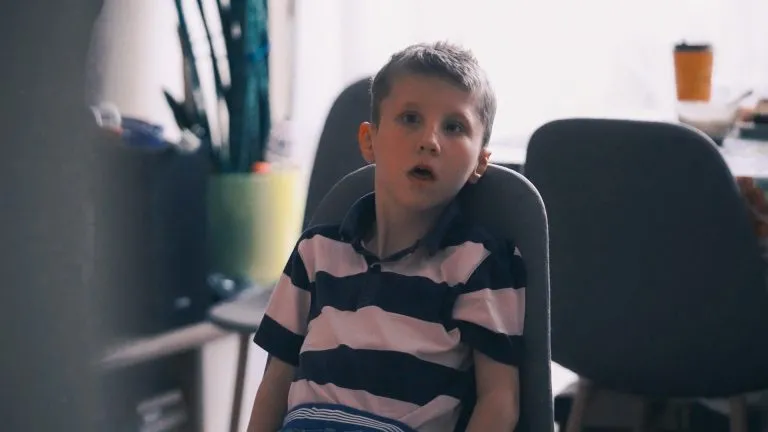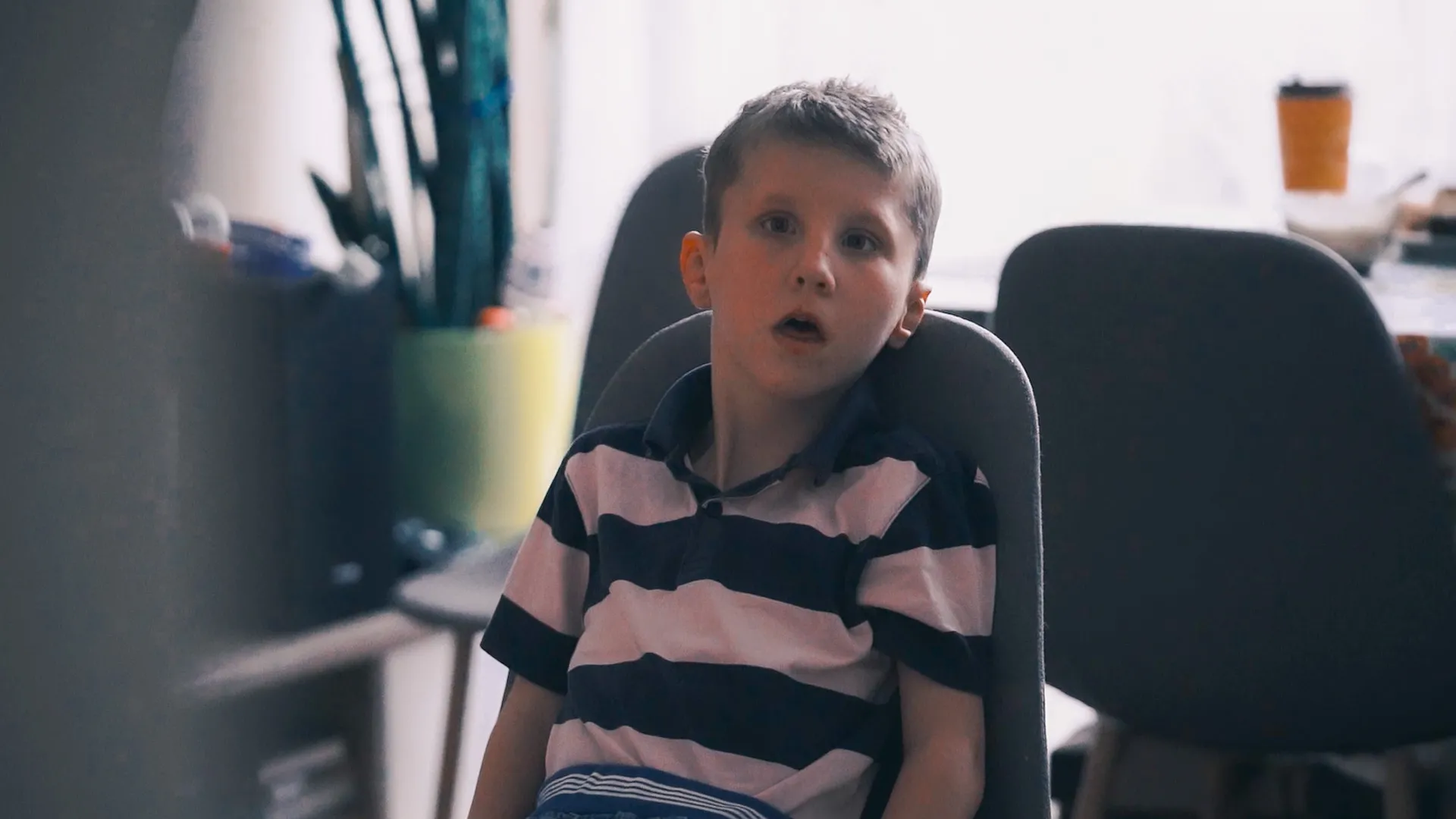In the case of cerebral palsy, the symptoms in children vary widely, but they significantly affect the functioning of the individual patient. Matthew's story shows how stem cell therapy from the umbilical cord, combined with rehabilitation, improves the quality of life in children with this disease.
Cerebral palsy-what is the disease?
Cerebral palsy is a syndrome of various permanent symptoms affecting the musculoskeletal and postural systems.
Children with cerebral palsy have abnormal muscle tone.
As a result, they also have problems with movement, involuntary reflexes, and improper coordination of movements.
In Matthew’s case, there are also speech disorders and problems with eating independently.
The symptoms of cerebral palsy are related to the loss of brain tissue and can vary from case to case.
Most often, however, parents notice abnormalities in their child’s development.
The treatment of cerebral palsy is symptomatic, individually selected, but is based in particular on intensive rehabilitation, which, combined with the plasticity of the child’s brain, is able to achieve the best results.
What does Matthew’s story look like?
Matthew’s cerebral palsy and a number of other defects including.
transposition of the great arterial trunks were diagnosed at birth.
Matthew has undergone treatment and rehabilitation since he was very young.
He has also had several surgeries.
Mateusz’s dad learned during one of his visits to a hospital in Lublin about the possibility of administering stem cells from the umbilical cord to treat cerebral palsy.
He decided to try to qualify his son for the therapy.
This included a pre-qualification for administration with the treating physician, which was positive.
After permission was granted by the Bioethics Committee, Matthew was given the therapy.
Matthew’s treatment
Prior to the stem cell administration, Matthew did not sit up on his own and his body was limp, he did not speak and did not make contact with the environment.
The first administration took place in late 2019.
Importantly, before the administration, the patient must be in good condition and have no signs of infection.
The cells are then administered every 6-8 weeks or so in a cycle.
A cycle consists of administering them five times.
Effects of stem cell therapy
After the administration of stem cells from the umbilical cord, Matthew has seen significant improvements.
Currently, the boy is able to keep his body upright, sit up independently, single words and first steps appeared in him, he became more contactable, his focus and the way he communicates with his dad improved.
The boy was able to go to kindergarten.
Matthew had stem cells administered and continued to be rehabilitated.
After the administrations, both his motor and cognitive functions improved.
This has been very helpful to the physiotherapists and other specialists who deal with Matthew on a daily basis.
, “I think that even after the first administration there was already a big improvement. It used to be that when he leaned over on a chair or a seat somewhere, he would just fly. He couldn’t even get up on his own. And today he goes back to his previous position by himself as it should be.” – says Mr. Joseph Matthew’s dad, who is in favor of continuing Matthew’s therapy because of the visible effects.
Rate this article:











